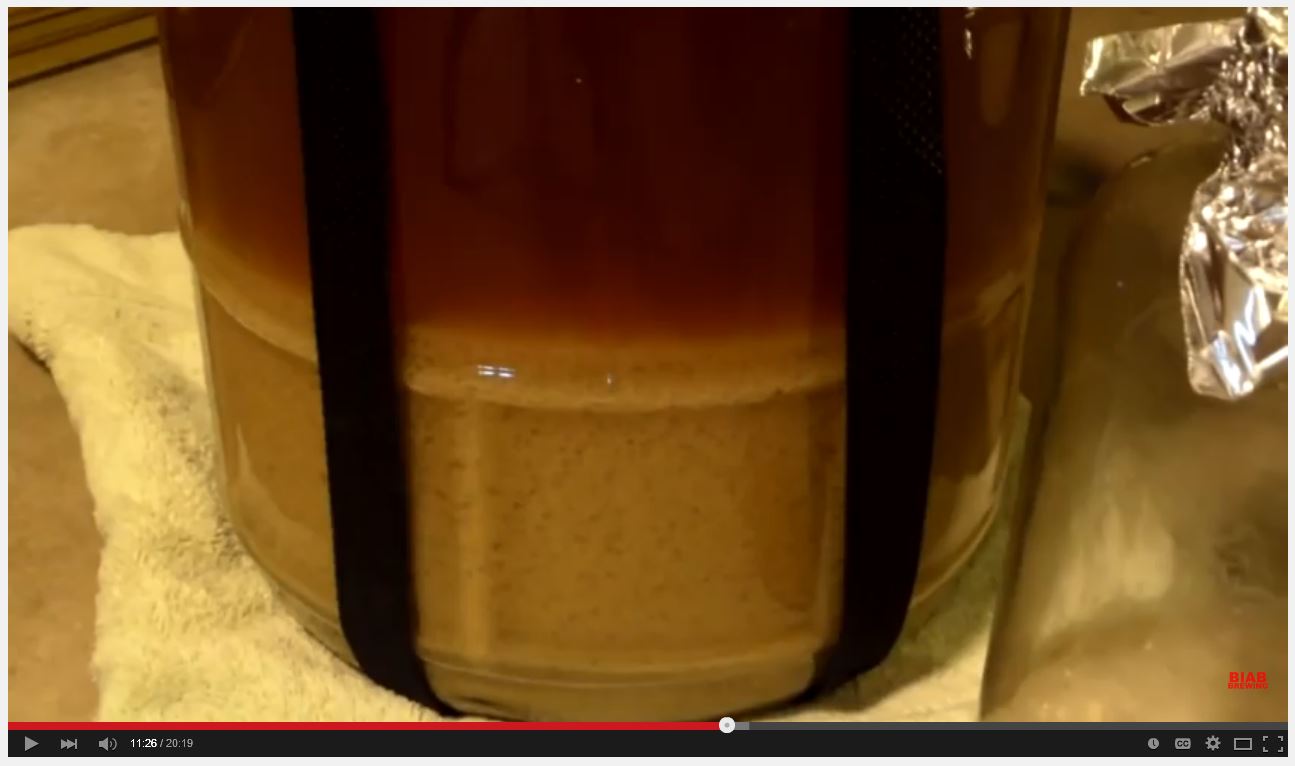Hello,
After 12 years of batch sparging I have made the switch to BIAB, which is actually BIAC with my setup. I have a SS basket/false bottom that fits inside my Sanke keg. My big hangup with BIAB brewing is all of the sediment that ends up in the boil kettle. My setup is complex, so I do not want to go too far into it but my goal is to eliminate sediment in the boil kettle.
It seems to me that most of the sediment comes from when you first dump the grain in. In my process I dump the grain in, stir and let it sit for 15 min before I turn the recirc pump on and get to firing up the heating elements. By this time everything is puffed up and seems to play nicer with recirculation.
So I was thinking today, what if I left the grain in the bucket and added three or so gallons of strike water and let it sit there for 15 minutes? Then add it to the mash. The grain would be expanded and the chance for massive sediment would decrease.
Does this sound like sound thinking?
(if you think sediment is not something to worry about, that is fine but please do not try to steer the thread in that direction. Thank you).
Thoughts? I was always very pleased with how clear my wort would run from my cooler to the boil kettle. Not only do I not want husk material being boiled but sediment is not good for heating elements.
Thanks for your input!
After 12 years of batch sparging I have made the switch to BIAB, which is actually BIAC with my setup. I have a SS basket/false bottom that fits inside my Sanke keg. My big hangup with BIAB brewing is all of the sediment that ends up in the boil kettle. My setup is complex, so I do not want to go too far into it but my goal is to eliminate sediment in the boil kettle.
It seems to me that most of the sediment comes from when you first dump the grain in. In my process I dump the grain in, stir and let it sit for 15 min before I turn the recirc pump on and get to firing up the heating elements. By this time everything is puffed up and seems to play nicer with recirculation.
So I was thinking today, what if I left the grain in the bucket and added three or so gallons of strike water and let it sit there for 15 minutes? Then add it to the mash. The grain would be expanded and the chance for massive sediment would decrease.
Does this sound like sound thinking?
(if you think sediment is not something to worry about, that is fine but please do not try to steer the thread in that direction. Thank you).
Thoughts? I was always very pleased with how clear my wort would run from my cooler to the boil kettle. Not only do I not want husk material being boiled but sediment is not good for heating elements.
Thanks for your input!




